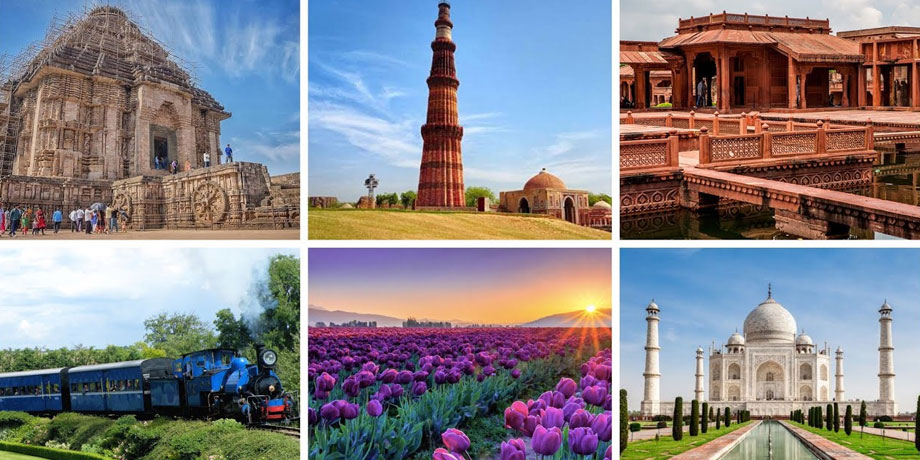
India is a country with rich heritage and culture. It has a long history of various empires and kingdoms that have ruled the country throughout the course of time. The ruins and architecture from these empires can be seen in various places in India. These places are known as heritage sites, which are protected by the government for their historical significance to the Indian people.
The World Heritage Sites of India are a set of monuments, buildings, and sites that have been designated by the UNESCO as having cultural, historic, or other value. India has 21 World Heritage Sites which are spread across the country and many heritage sites that are well-known to tourists around the world. Some examples include Taj Mahal, Red Fort, Qutub Minar, Fatehpur Sikri and Humayun’s Tomb among others. These sites are significant because they represent a part of India’s history to all who visit them.
There are many Indian monuments and sites that have been given this distinction. The Taj Mahal is one such site which is a world heritage site. It was built by Emperor Shah Jahan in memory of his wife Mumtaz Mahal in 1632. It took 22 years to complete this monument and it is widely considered to be one of the most beautiful buildings in the world.

Leave a Comment